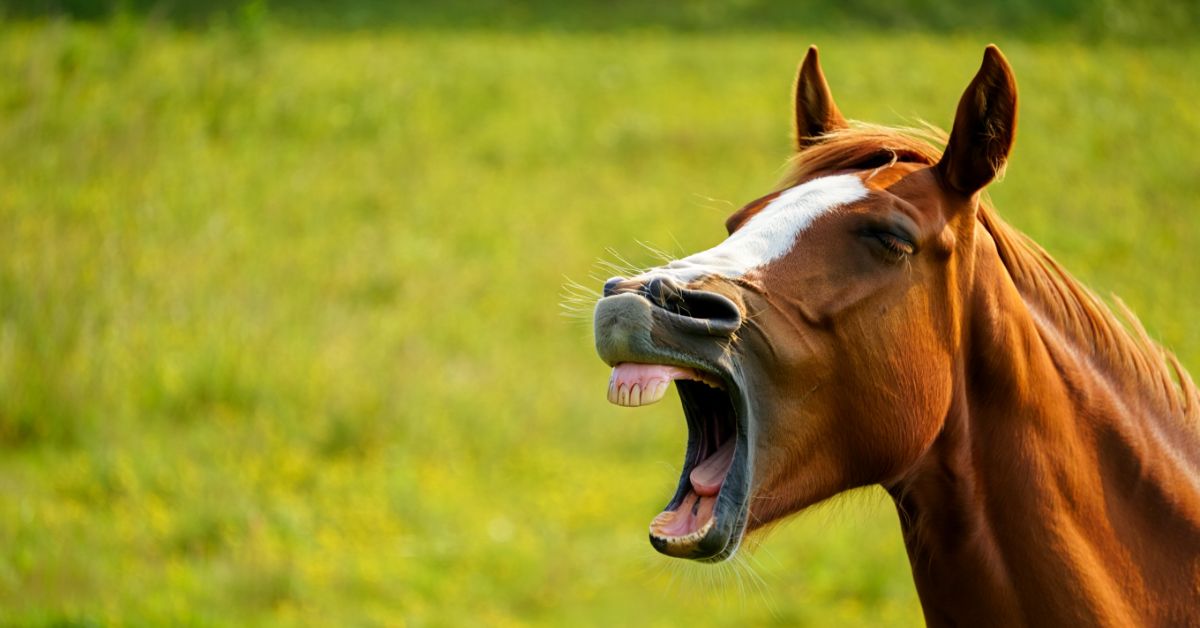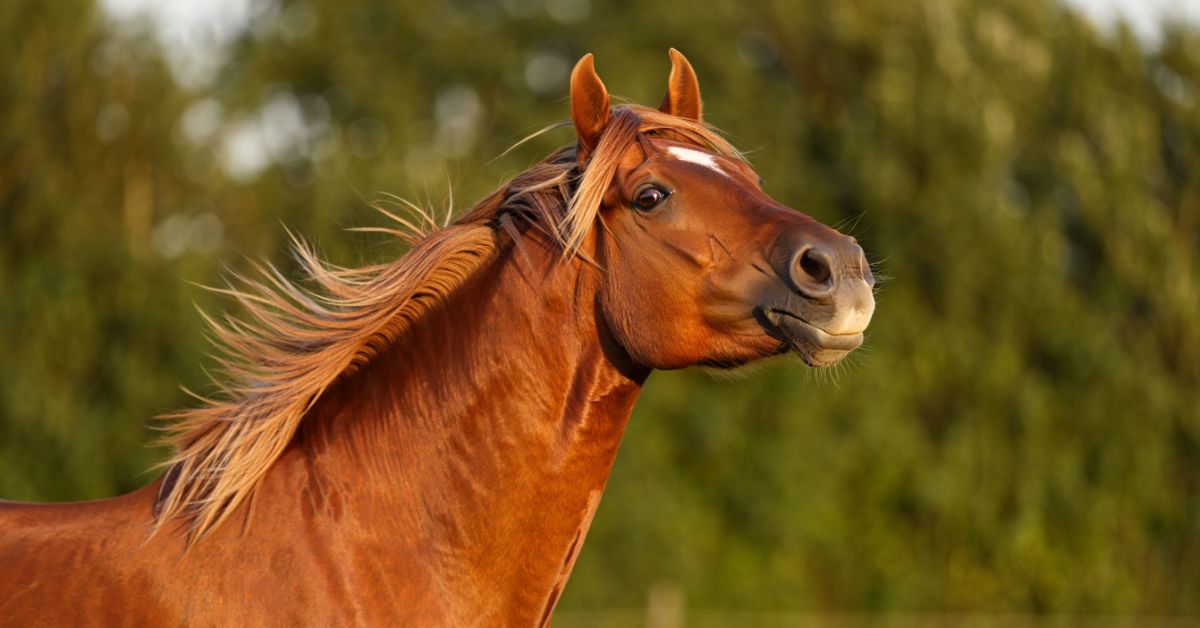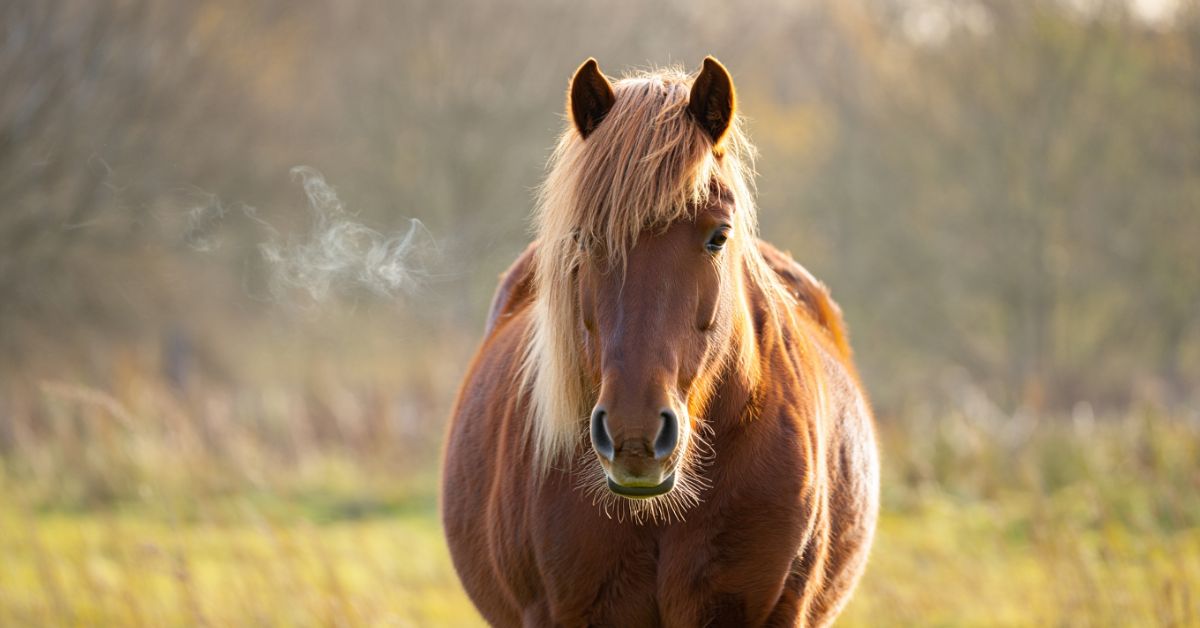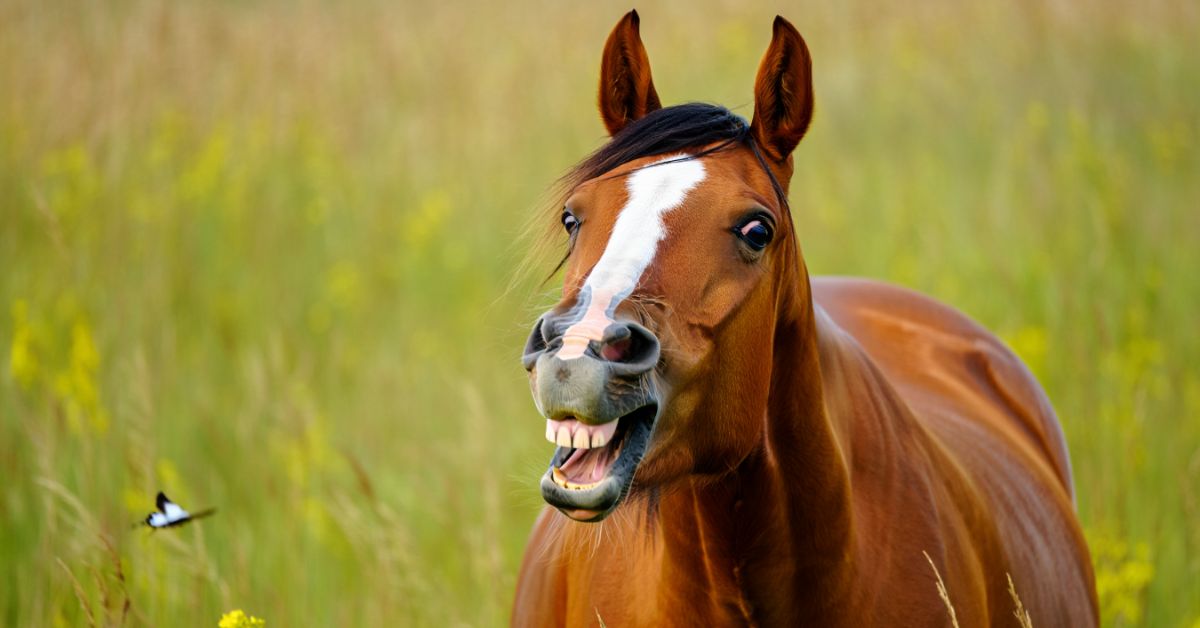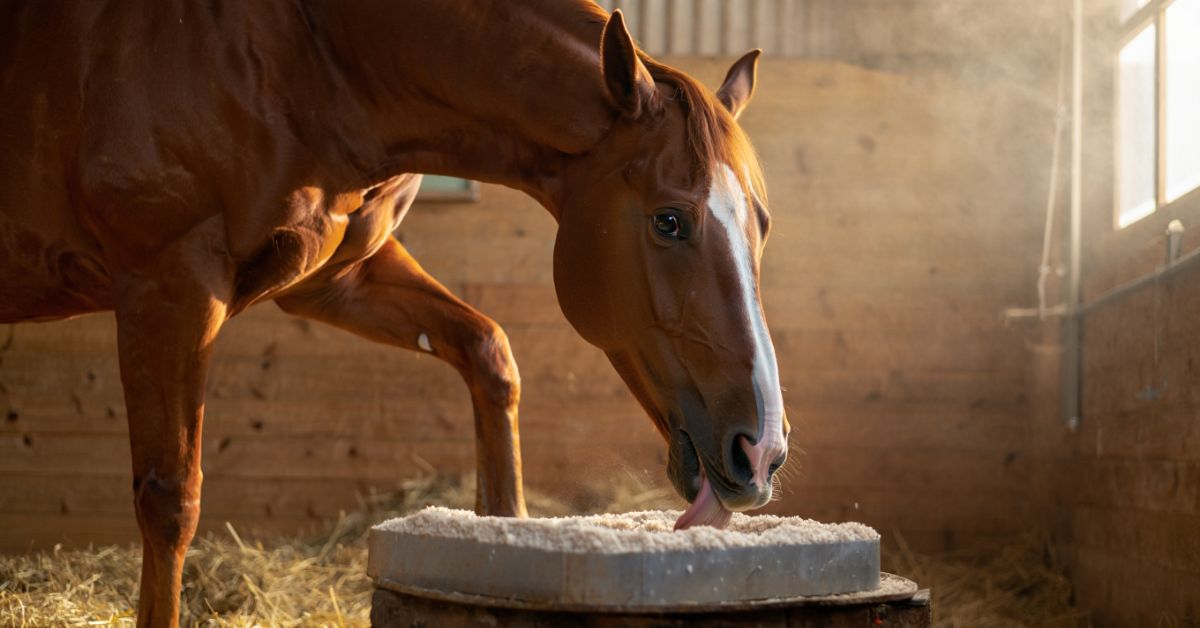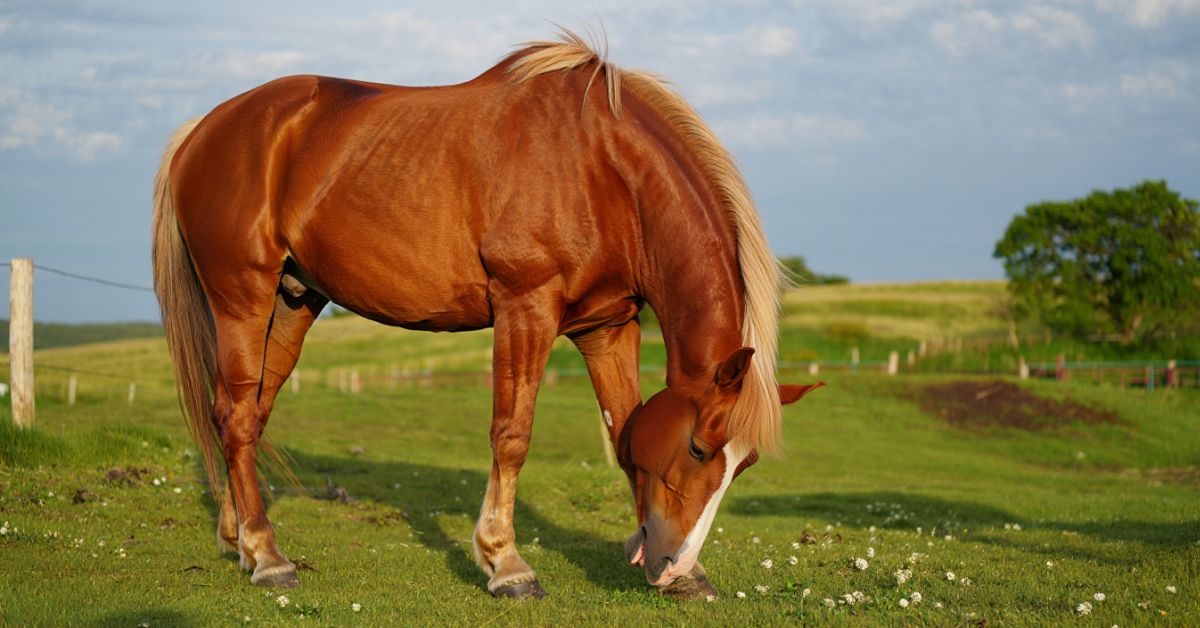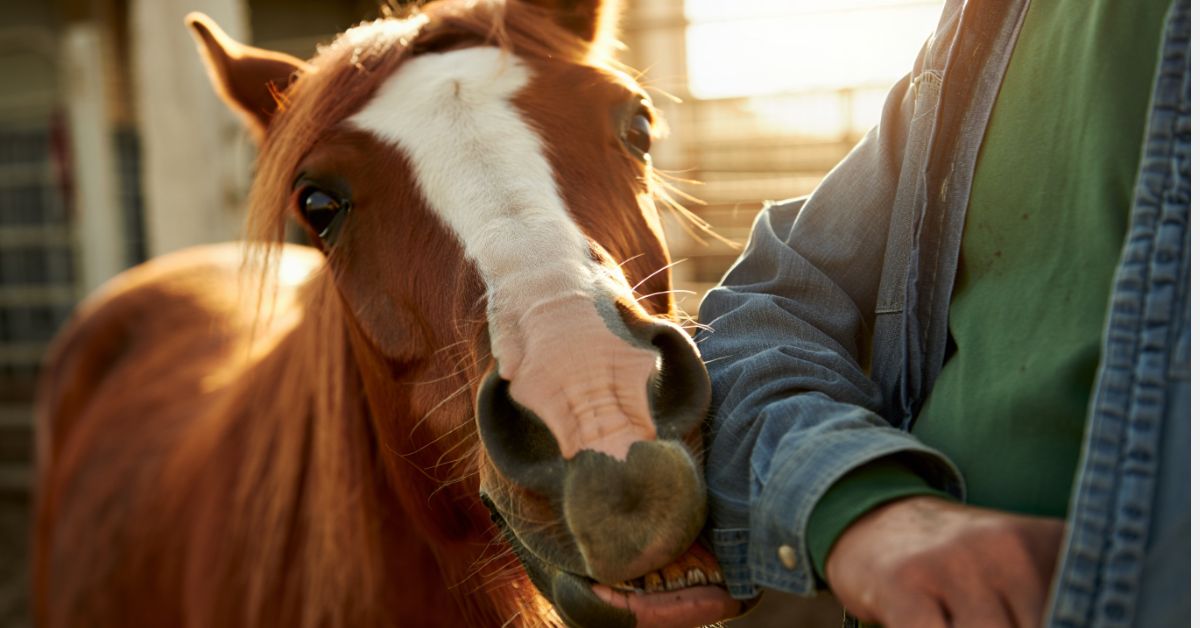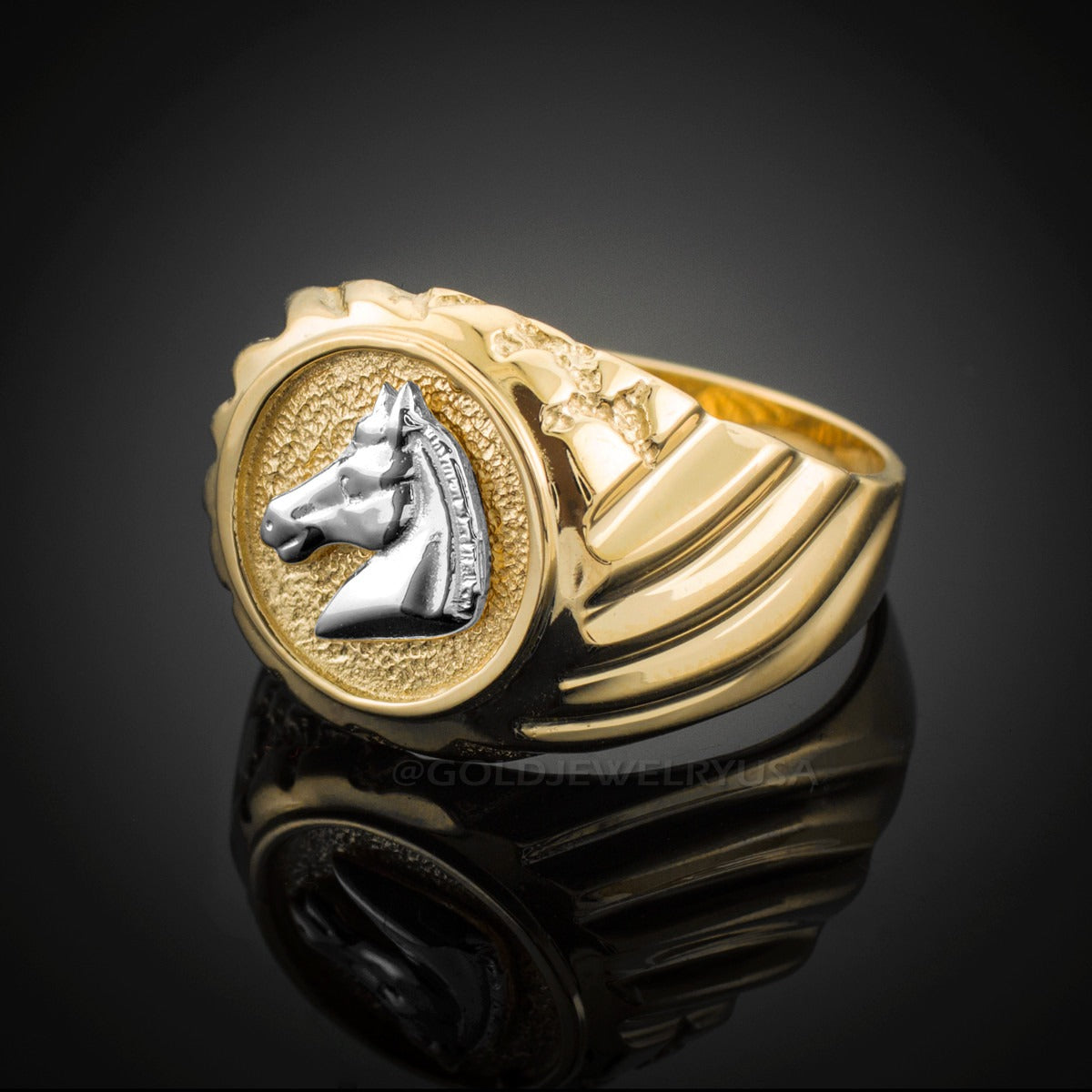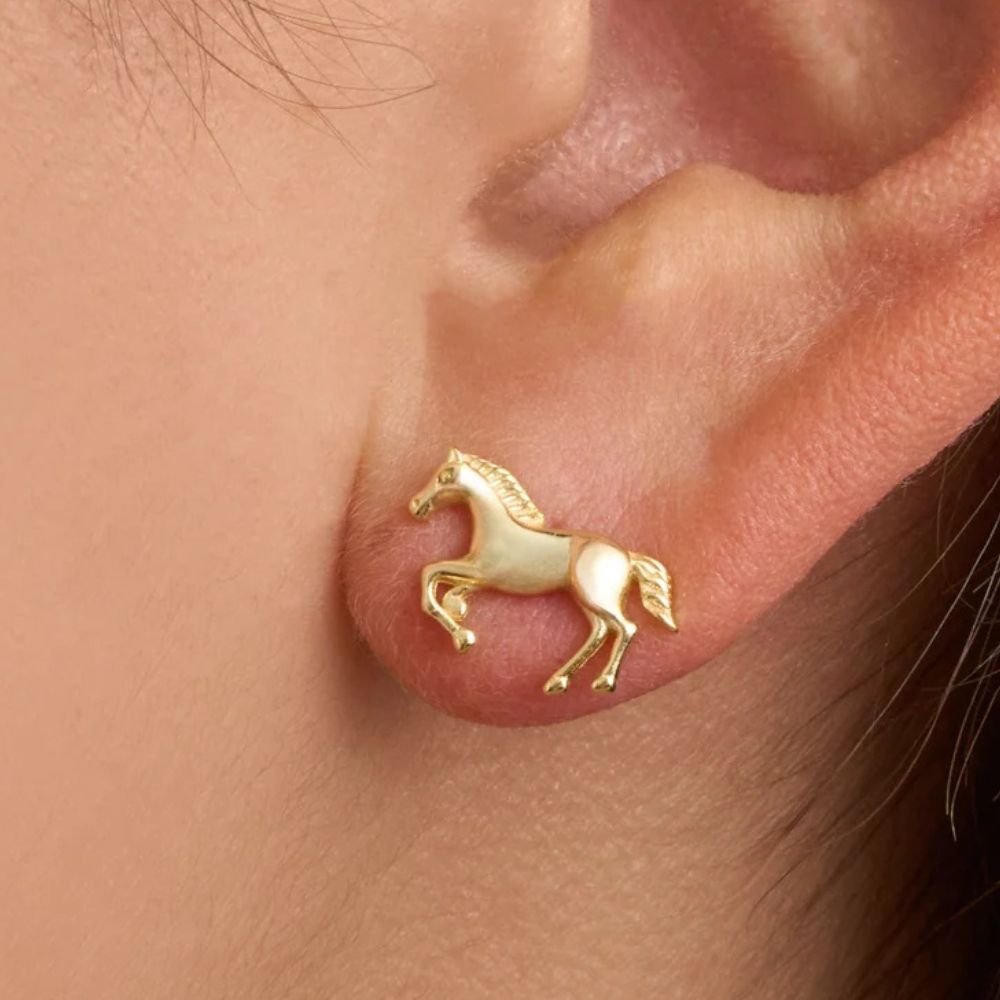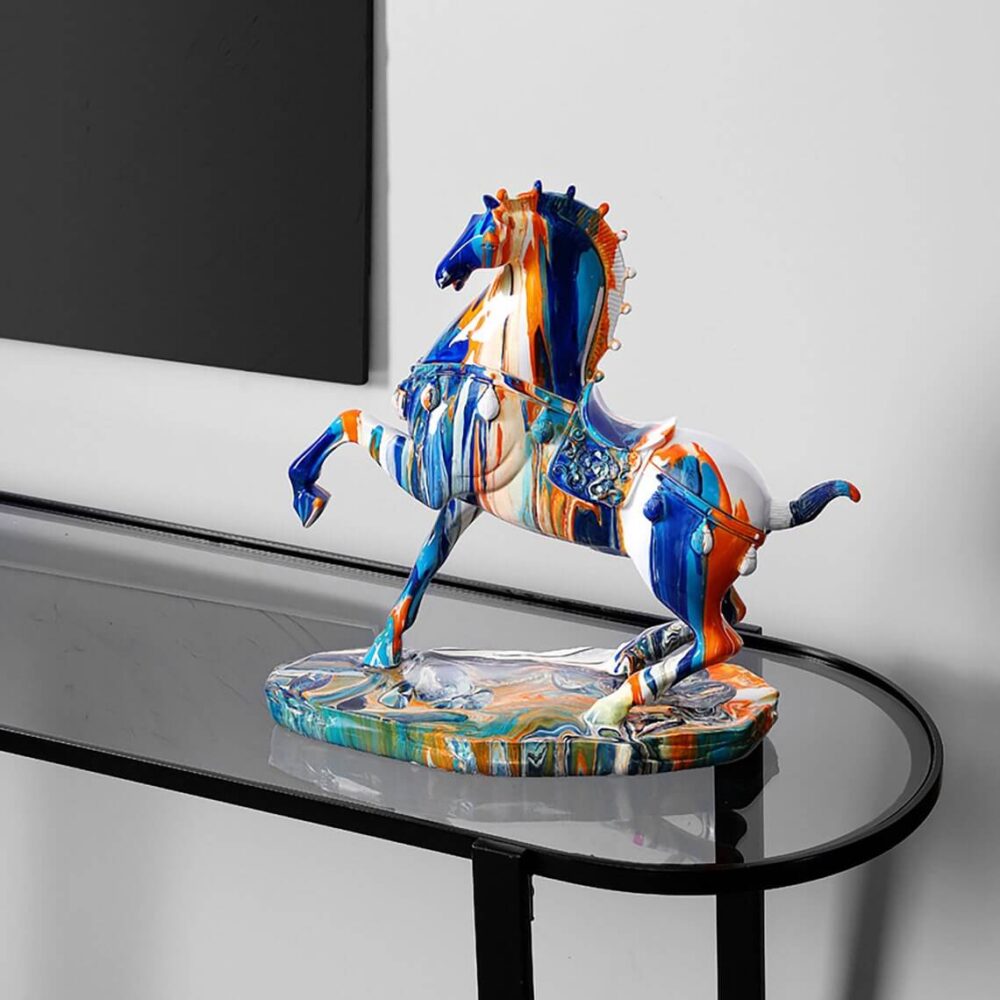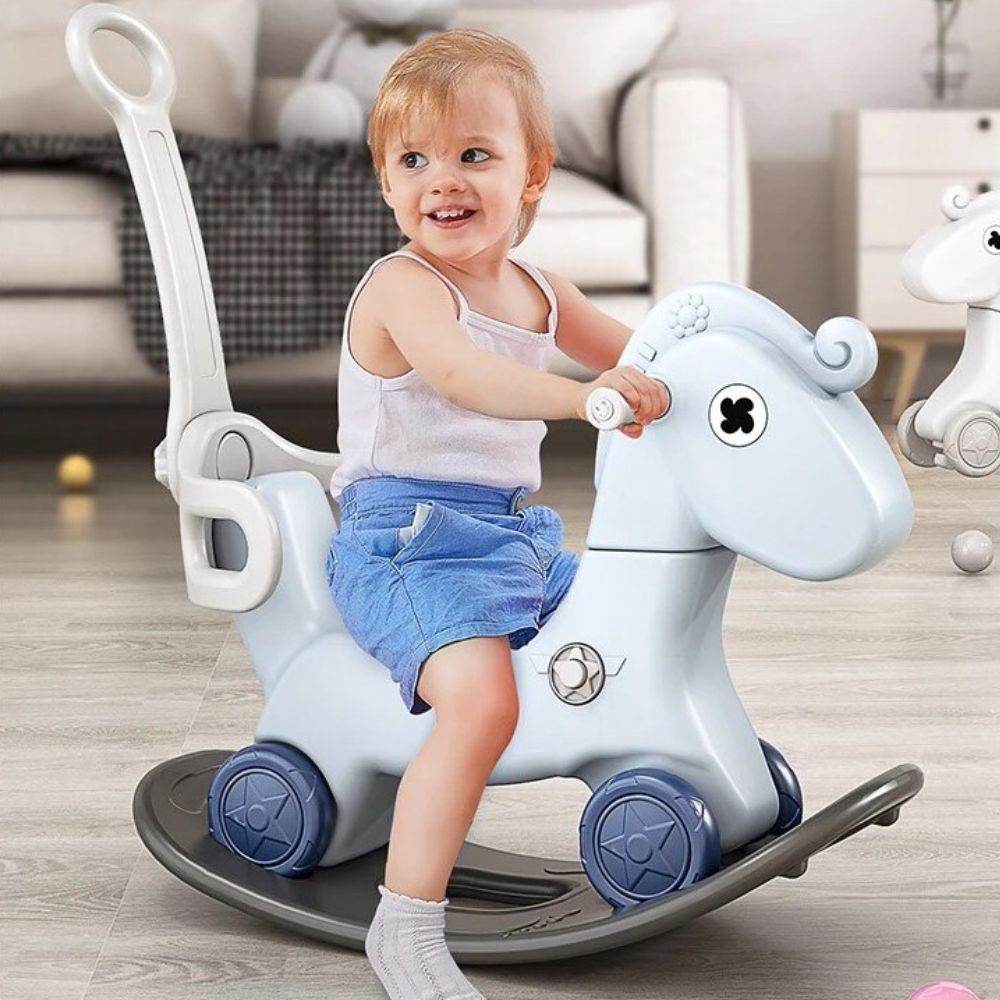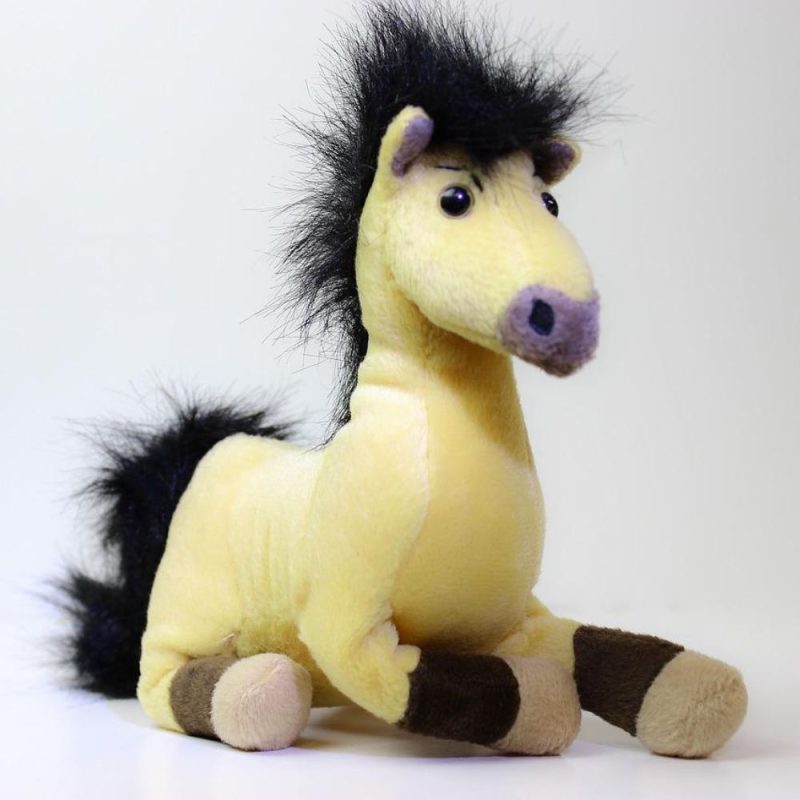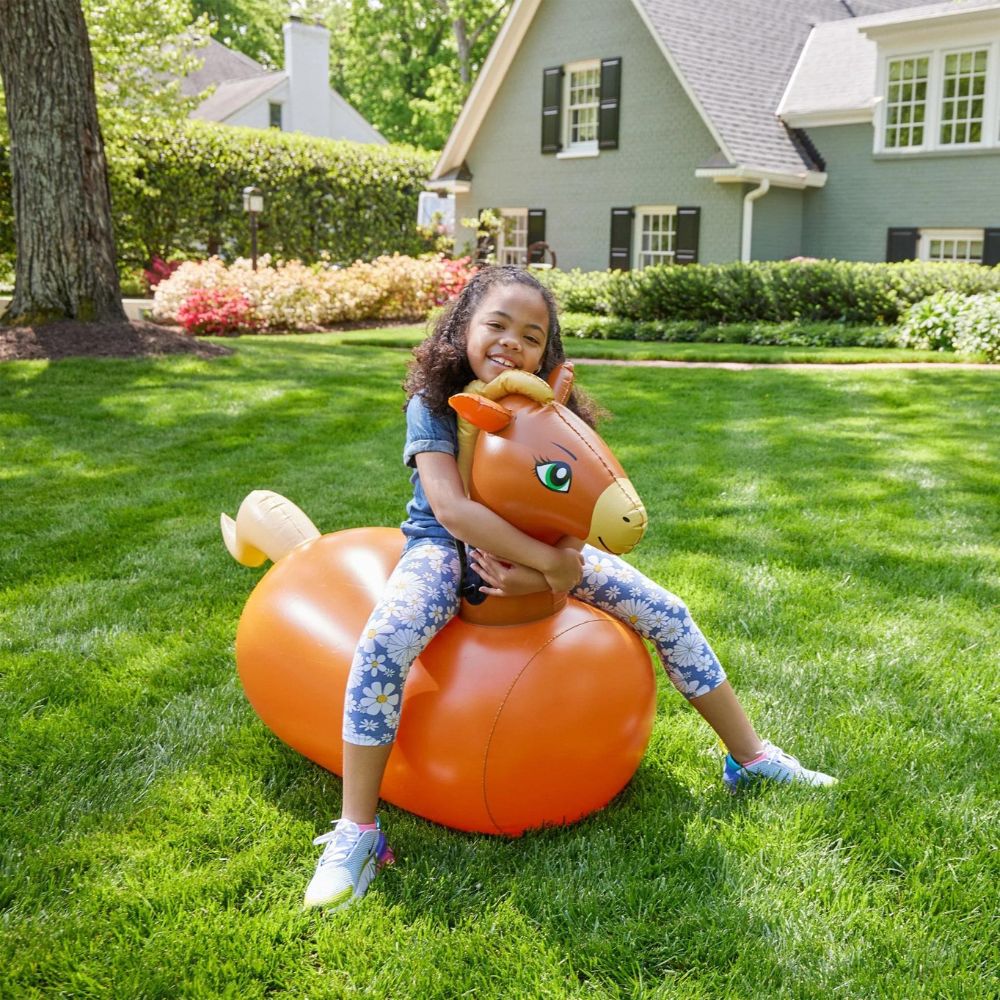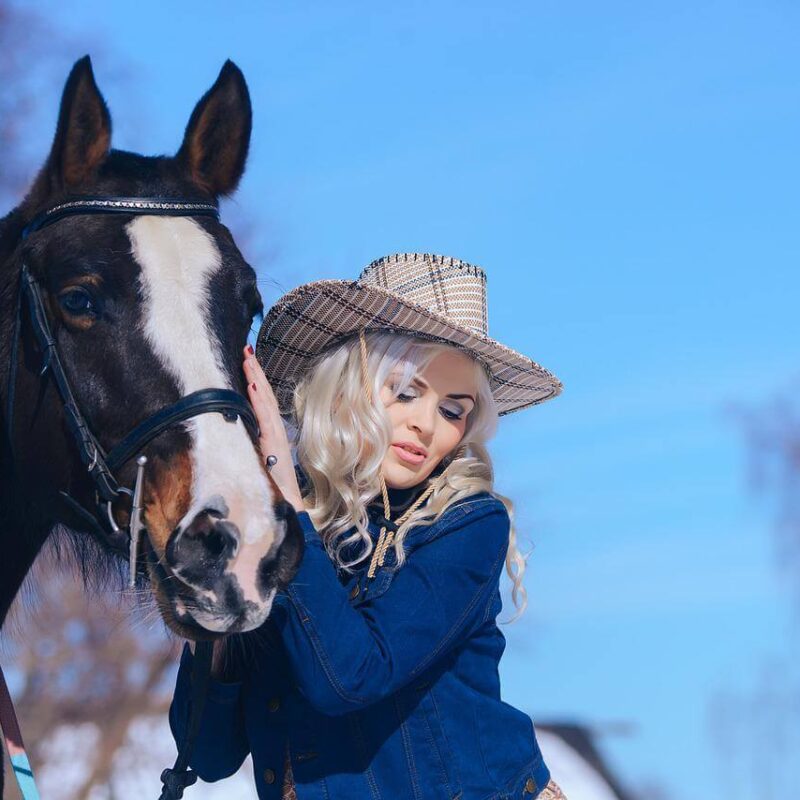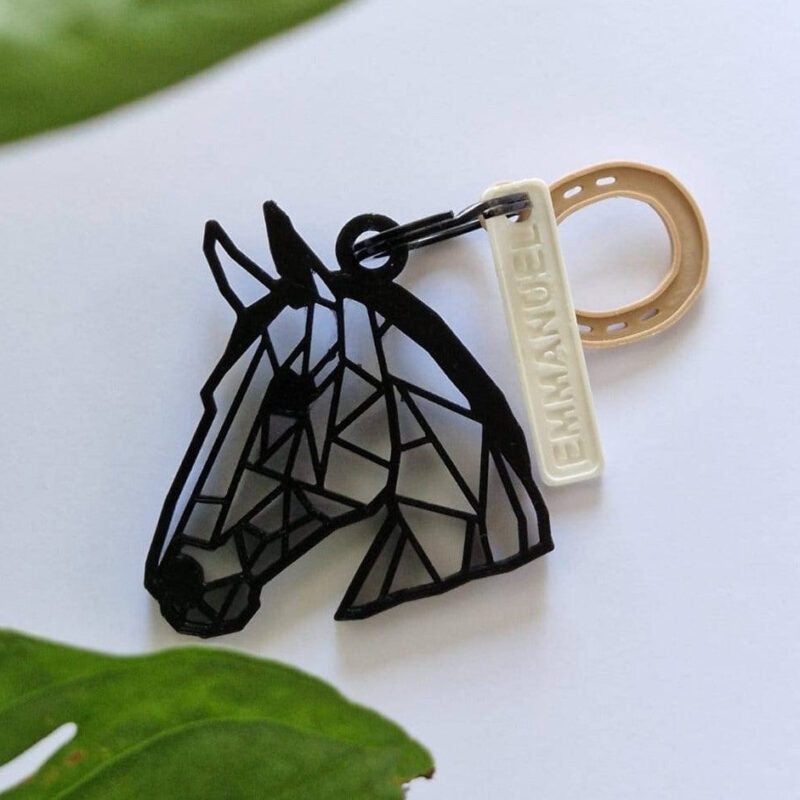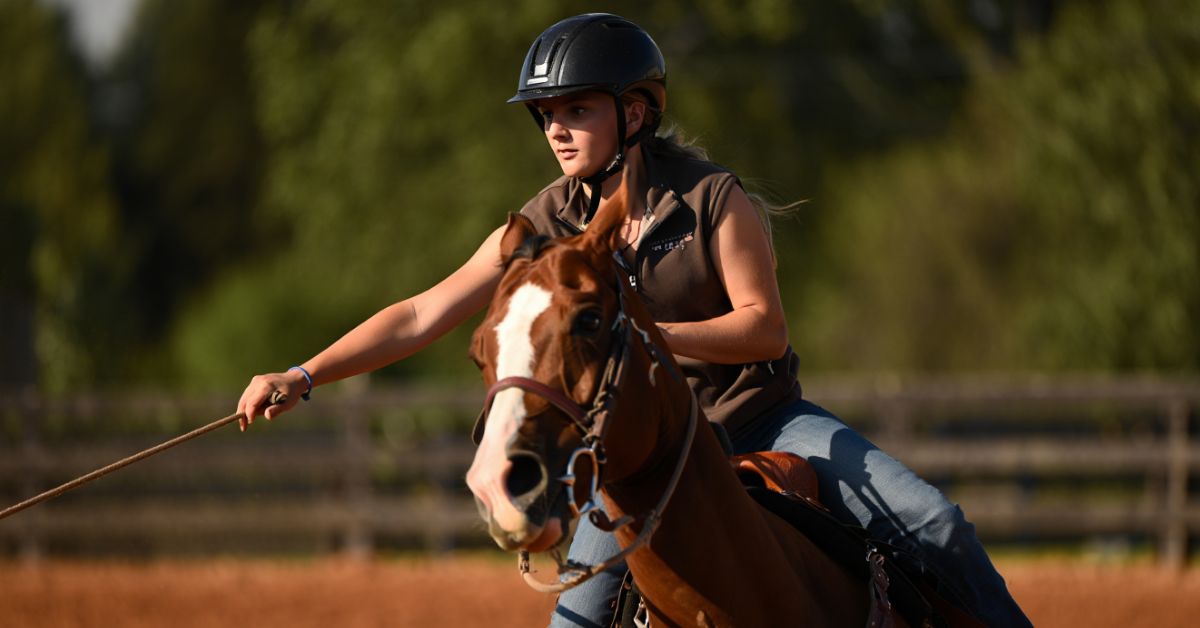
How to Teach a Horse to Neck Rein: Your Complete Training Journey
Neck reining represents one of the most elegant riding skills you'll ever master with your horse. If you've ever watched a seasoned Western rider guide their mount with seemingly effortless one-handed riding, you've witnessed the beauty of neck reining training in action. This technique allows you to steer your horse using indirect reining—applying pressure from the rein against the horse's neck rather than pulling on the bit. It's the cornerstone of Western riding neck rein traditions and essential for activities like cutting, reining competitions, and trail riding where you need one hand free.
Teaching a horse to neck rein isn't rocket science, but it does require patience, consistency, and proper technique. Your horse will learn to respond to the subtle touch of the rein on their neck, moving away from that pressure to turn in the desired direction. The process typically takes 4-8 weeks of consistent practice, though some horses catch on faster than others. You'll start with direct rein aids your horse already knows, then gradually introduce the neck rein until they respond confidently to this refined cue. Whether you're riding a green horse or retraining an older one, this guide will walk you through every step of developing reliable neck rein fundamentals. 🐴
Chapter 1: Understanding Neck Rein Fundamentals and Pre-Requisites
What Makes Neck Reining Different from Direct Reining?
Before diving into training, let's talk about what neck reining actually means. Unlike direct reining where you pull the left rein to go left and the right rein to go right, indirect reining works opposite to your instincts. You lay the right rein against your horse's neck to turn left, and the left rein against their neck to turn right. The horse learns to move away from the pressure rather than following it.
This horse steering cues method emerged from practical necessity in Western ranching. Cowboys needed one hand free to rope cattle, open gates, or carry equipment while maintaining precise control of their mounts. Today, it's required in Western disciplines and simply looks more polished than riding with two hands constantly pulling on the reins.
Essential Skills Your Horse Needs First
Here's the truth: you can't teach neck reining for beginners if your horse hasn't mastered the basics. Think of it like learning to run before you can walk—it just doesn't work. Your horse must understand these pre-requisites for neck reining:
Foundation Skills Checklist:
-
Responds reliably to direct rein steering (left rein = left turn, right rein = right turn)
-
Moves forward from light leg pressure
-
Backs up smoothly on command
-
Stops promptly from voice or rein cues
-
Stands quietly while mounted
-
Accepts bit pressure without resistance or panic
-
Demonstrates basic lateral movement training (side-passing helps tremendously)
If your horse struggles with any of these fundamentals, spend time solidifying them first. You're building a house here—the foundation matters. A horse that fights the bit or ignores leg aids will only get more confused when you introduce neck rein fundamentals.
The Right Equipment Matters
Bridle work for neck reining starts with appropriate tack. Most trainers begin training with a snaffle bit because it provides clear, direct communication during the learning phase. The snaffle's action is straightforward—pressure on the left rein affects the left side of the mouth, helping your horse understand directional cues before you complicate things.
Once your horse neck reins reliably, you can transition to curb bit neck reining. The curb bit's leverage action rewards light contact, making it ideal for advanced one-handed riding. However, never rush this transition. A properly trained horse should neck rein equally well in either bit.
At Dream Horse, we offer beautiful equestrian jewelry that celebrates your training journey—from beginner to master. Our horse-themed necklaces let you express your passion for riding even when you're not in the saddle. Check out our gift for horse lovers collection for pieces that capture the spirit of horsemanship! ✨
How Long Does Training Really Take?
Let's be honest about timelines. Teaching a horse to neck rein isn't a weekend project. Expect to invest 4-8 weeks of consistent practice, riding 4-5 times weekly. Some naturally responsive horses grasp the concept in 3 weeks, while others need 12 weeks or more.
According to equestrian trainer Julie Goodnight, who's been teaching horsemanship since 1978, "The horse that's been properly prepared with solid foundational training will learn neck reining in a fraction of the time it takes a horse with gaps in their education."
Your horse's age, temperament, and previous training all affect the learning curve. A training a quarter horse to rein typically progresses faster because the breed was literally developed for this work—it's in their DNA! Draft crosses or horses from English backgrounds might need more time adjusting to Western-style cues.
Chapter 2: Setting Up for Success—Position, Posture, and Feel
Mastering the Correct Neck Rein Position
Your hand position can make or break your neck reining training. Here's exactly how to hold reins for neck reining: Imagine you're holding a glass of water that you don't want to spill. Your hand should be positioned at your belt buckle or slightly above it, thumb pointing up toward your shoulder, knuckles vertical. Both reins run through your hand with equal contact.
The correct neck rein position keeps your hand in the center of your body. When you want to turn right, you move your hand slightly right—maybe 2-3 inches. This movement simultaneously lays the left rein against your horse's neck (creating turning pressure) while adding subtle direct rein pressure on the right side. It's a one-two punch that clearly communicates your intention.
Developing Soft Hands and Sensitive Feel
Soft hands neck reining separates amateur riders from true horsemen. Your hands must learn to whisper rather than shout. Think of it this way: if your hands were teachers, would they be the patient instructor who explains clearly, or the frustrated one yelling instructions?
Developing a 'feel' means sensing your horse's response through the reins before you see it with your eyes. You'll feel their mouth soften, their neck flex slightly, their body prepare to turn. This subtle communication happens in milliseconds, and responsive hands reward the smallest try from your horse.
Practice this rein pressure technique at a standstill first. Apply gentle pressure until your horse gives to the bit—even a tiny shift of weight or head position counts. Immediately release the pressure. That release is your "thank you," the reward that teaches your horse what you want.
Body Position for Neck Rein Success
Your body position for neck rein work extends beyond just your hands. Effective steering involves your entire body working as a unified system:
Your seat bones should weight slightly toward the direction of travel. Turning right? Shift just a bit more weight onto your right seat bone. Your shoulders should stay level and square, pointing where you want to go. Many riders unconsciously collapse their inside shoulder during turns—resist this! Your outside leg (the one opposite your turning direction) provides support and helps maintain forward motion, while your inside leg asks for the turn.
Picture yourself as the rudder of a boat. Small, deliberate adjustments create smooth turns, while dramatic movements create chaos. The magic of advanced neck reining lies in these almost invisible aids that produce remarkable results.
Understanding Rein Placement on the Neck
Where exactly should the rein touch your horse's neck? Rein placement on the neck matters more than most riders realize. The rein should make contact approximately 4-6 inches in front of the withers, on the side of the neck opposite your desired turn.
Too far forward (near the head) and your horse might interpret it as a pulling cue rather than a pressure cue. Too far back (past the shoulder) and the signal becomes muddy, mixed with shoulder and ribcage cues your horse is trying to read simultaneously.
The pressure should be steady but gentle—about the weight of a resting bird, not a landing helicopter! Your horse should feel encouraged to move away from the pressure, not forced or bullied into compliance.
Chapter 3: The Step-by-Step Training Process
Step 1: Reinforcing Direct Rein Responses
Counter-intuitive as it seems, introducing the neck rein begins with perfecting what your horse already knows: direct reining. Spend several sessions ensuring your horse responds immediately to direct rein cues with minimal pressure. Ask for a turn, and your horse should begin moving that direction within one second.
Why this matters: When you start adding the neck rein, you'll use both direct and indirect pressure simultaneously. Your horse needs such solid understanding of direct reining that they respond even when the signals get slightly mixed during the transition phase.
Using direct rein first establishes the baseline. Ride circles, serpentines, and figure-eights using obvious direct rein cues. Your horse should turn smoothly without resistance, maintaining consistent speed and rhythm. If they're sticky, slow, or fighting the bit, address these issues now—they'll only multiply when you complicate things with neck reining.
Step 2: Introducing Combined Rein Aids
Now comes transitioning to neck rein territory. You'll maintain the direct rein aid while adding the neck rein simultaneously. Asking for a right turn? Keep your right (direct) rein as usual, but now add your left rein laying against the left side of your horse's neck.
The brilliant part? Your horse already knows the direct rein means "turn right." The neck rein is just hitching a ride on that knowledge, creating an association in your horse's mind: "Pressure on the left side of my neck = turn right, just like the direct rein tells me."
Start this at a walk with large, easy turns. Think 20-meter circles rather than tight spins. Ask for the turn using both cues together, maintaining equal emphasis on each. Your horse complies because the familiar direct rein makes sense, while simultaneously beginning to associate the neck rein pressure with the same outcome.
Teaching the turn this way typically takes 2-3 weeks of consistent practice before you see recognition dawning. You'll know progress is happening when your horse begins responding slightly faster, or when they start the turn before you've applied full direct rein pressure—that's the neck rein cue starting to register!
Step 3: Gradually Reducing Direct Rein Pressure
Here's where training neck rein cues gets interesting. Over the next 2-3 weeks, you'll slowly decrease the direct rein aid while maintaining full neck rein pressure. Think of it like removing training wheels—you don't yank them off all at once, you gradually raise them until they're barely touching the ground.
Session by session, lighten your direct rein pressure by small increments:
-
Week 1: Full direct rein + full neck rein
-
Week 2: 75% direct rein + full neck rein
-
Week 3: 50% direct rein + full neck rein
-
Week 4: 25% direct rein + full neck rein
-
Week 5: Minimal direct rein + full neck rein
-
Week 6+: Neck rein only
Don't rush these percentages! If your horse seems confused at any stage, return to the previous level for a few more sessions. Remember, consistent rein pressure teaches better than rushed, inconsistent lessons.
Step 4: Adding Leg Aids for Precision
Applying leg aids with neck rein creates the polished steering you've been working toward. Your outside leg (opposite the turning direction) supports the turn by preventing your horse's hindquarters from swinging out. Your inside leg maintains forward motion and helps shape the arc of the turn.
For a right turn: right rein touches the neck, left leg applies pressure at the girth, right leg stays passive but ready. This combination of shoulder control for reining and hindquarter management produces balanced, controlled turns that look effortless.
Think of your aids like a conversation. The neck rein says "please move this direction," your outside leg says "keep your back end engaged," and your inside leg says "maintain your energy through the turn." All three speaking together create a clear message your horse can't misunderstand.
Step 5: Practice, Practice, Practice
Neck rein practice drills cement the learning. Incorporate these exercises into your routine:
-
Serpentines through the arena
-
Figure-eights of varying sizes
-
Following the rail with frequent direction changes
-
Weaving through cones or barrels
-
Circle work, gradually decreasing circle diameter
Vary your practice patterns so your horse doesn't just memorize a routine. The goal is teaching developing neck reining as a genuine communication system, not training your horse to anticipate specific patterns.
By week 8-10, most horses demonstrate reliable neck rein responses at walk and trot. Canter work comes later, typically around week 12-14, once the foundation is absolutely solid at slower gaits.
Chapter 4: Common Challenges and Troubleshooting
When Your Horse Ignores the Neck Rein
Troubleshooting neck reining frustrations? You're not alone. The most common complaint is "my horse ignores neck rein cues entirely!" This usually traces back to one of these culprits:
Rushing the Process
Did you reduce direct rein pressure too quickly? Horses need time for neural pathways to form around new cues. If you decreased direct rein support before your horse truly associated neck pressure with turning, they're genuinely confused—not being stubborn. Solution? Return to combined cues (direct + neck rein together) for another 1-2 weeks.
Inconsistent Pressure and Release
Mixed signals destroy training progress faster than anything else. Every single turn must include clear neck rein pressure followed by immediate release when your horse responds. Inconsistent pressure—sometimes firm, sometimes barely there—leaves your horse guessing. Solution? Focus on consistent rein pressure that's exactly the same every time. Think of it as a signature—recognizable and reliable.
Inadequate Preparation
Remember those pre-requisites for neck reining we discussed? If your horse struggles with basic lateral movement training or doesn't move away from leg pressure reliably, neck reining will frustrate both of you. Solution? Take two steps back. Spend time on groundwork for reining, teaching your horse to yield to pressure from the ground before expecting them to understand it under saddle.
Physical Discomfort
Sometimes resistance isn't training-related—it's pain-related. A sore back, poorly fitting saddle, or dental issues can make turning uncomfortable, causing your horse to resist any rein cue. Solution? Rule out physical problems with a veterinary check and saddle fitting evaluation before blaming training methods.
Oversteering and Overcorrecting
Another common issue appears when horses overshoot turns or seem to "dive" into them rather than executing smooth arcs. This happens when riders unconsciously add too much pressure or fail to release quickly enough.
The remedy involves refining the neck rein with lighter touch and faster releases. Practice this mounted training exercises drill: Ask for a tiny turn—just a few degrees of direction change—with minimal neck rein pressure. The instant your horse begins turning, release completely. Gradually build up to larger turns, but always maintain that principle of "less is more."
Your hands should operate like a thermostat, not an on-off switch. Make micro-adjustments rather than dramatic movements. According to trainer Pat Parelli, founder of natural horsemanship methods established in the 1980s, "Use as light a cue as possible, but as firm as necessary. Start soft and get firmer only if the horse doesn't respond."
The Horse That Speeds Up During Turns
Some horses accelerate when turning, especially during the learning phase. This typically indicates they're anxious or confused about the cues. Desensitizing to neck rein pressure helps tremendously here.
Practice applying neck rein pressure while standing still, rewarding your horse for remaining calm and motionless. Do this groundwork for reining exercise from both sides until neck rein touch becomes completely unremarkable to your horse. Then repeat at a walk, asking your horse to maintain exact speed through turns.
Use your voice and seat to reinforce speed control. Say "easy" or "steady" in a calm tone while keeping your seat deep and still. Your horse will learn that neck rein cues don't mean "go faster"—they simply mean "change direction while maintaining current speed."
Resistance or Head Tossing
Head tossing during neck reining training usually signals one of two things: mouth discomfort or confusion about the cues. Check for bit fit issues, sharp teeth, or tongue pressure from the bit. A horse experiencing mouth pain cannot learn effectively—they're too busy avoiding discomfort.
If dental and equipment issues are ruled out, the resistance likely stems from unclear communication. Are you maintaining steady contact or inadvertently jabbing at your horse's mouth? Is your rein pressure technique firm enough to be clear but soft enough to avoid punishing your horse? Video yourself riding or ask someone knowledgeable to observe—you might be creating pressure patterns you're not aware of.
Remember, soft hands neck reining doesn't mean weak or vague hands. It means consistent, clear, appropriately timed aids delivered without harshness.
Chapter 5: Advanced Techniques and Refinement
Achieving True One-Handed Riding
Advanced neck reining means riding with a slack rein—the ultimate expression of lightness and responsiveness. Your horse should respond to the mere suggestion of neck rein pressure, requiring almost no actual contact. This level of refinement typically takes 6-12 months of consistent training beyond initial learning.
To develop this responsiveness, gradually lighten your cues week by week. Start by using 10% less pressure than usual. When your horse responds reliably at that level for a full week, reduce another 10%. Continue this progression until you're using barely perceptible cues.
The goal? Your hand moves 2 inches, the rein whispers against your horse's neck, and they turn smoothly. No pulling, no fighting, no drama—just seamless communication that looks like telepathy to observers.
Perfecting Shoulder Control and Collection
Shoulder control for reining becomes crucial as you advance. Elite neck reining involves not just turning your horse, but controlling which body parts lead the turn. The shoulders should initiate directional changes with the hindquarters following in alignment.
To develop this precision, practice "shoulder-fore" exercises where your horse's shoulders move slightly inside the track while the hindquarters stay on the rail. This lateral movement training builds the muscle memory for controlled, balanced turns. Your neck rein asks for shoulder movement while your legs manage hindquarter position.
Collection—having your horse carry more weight on their hindquarters with a raised, engaged topline—makes neck reining more effective. A collected horse can respond to lighter aids and turn more precisely. Work on transitions within gaits (collected trot to working trot to extended trot, for example) to develop the engagement that elevates your neck reining from functional to phenomenal.
Discipline-Specific Applications
Different Western disciplines emphasize different aspects of neck reining:
Reining Competitions: Require lightning-fast responses to neck rein cues during spins, circles, and lead changes. Horses must respond to the slightest shift in rein position while maintaining speed control.
Cutting: Demands that your horse work on an almost completely loose rein, responding to weight shifts and leg aids while you manage the reins with minimal input.
Trail Riding: Needs reliable steering while navigating obstacles, often with one hand occupied by another task. Your neck rein must be so solid that you can open gates, move branches, or gesture to riding companions without fumbling for control.
Barrel Racing: Requires aggressive, fast turns around barrels with precise timing. Your neck rein cues must be unmistakable even at high speed with adrenaline pumping.
Tailor your neck rein lesson plan toward your specific goals. A trail horse needs steady, reliable turns. A reining horse needs explosive responsiveness. A barrel racer needs speed-compatible precision.
Training Young Horses vs. Retraining Older Ones
Training a quarter horse to rein straight from the beginning follows the progression outlined in this guide. Young horses (3-5 years old) usually take 8-12 weeks to learn reliable neck reining because everything is new to them.
Retraining an older horse who's only ever used direct reining? Expect the process to take slightly longer—10-16 weeks—because you're not just teaching something new, you're un-teaching ingrained responses. Older horses have years of muscle memory telling them "rein pressure means pull your head that direction." You're asking them to rewrite that entire program.
Patience matters even more with older horses. They'll experience confusion and frustration as their established understanding gets challenged. Lots of praise, frequent breaks, and crystal-clear consistency help them through the transition.
On the flip side, mature horses often have better focus and work ethic than youngsters, which can accelerate certain aspects of training. A 12-year-old horse might struggle with the concept initially but then suddenly "get it" and progress rapidly once things click.
Maintaining Long-Term Excellence
Refining the neck rein never truly ends. Even after your horse responds reliably, continue practicing the fundamentals. Dedicate 10 minutes of every ride to precision neck reining exercises. This maintenance work prevents skills from degrading over time.
Watch for signs of deterioration:
-
Slower response time to cues
-
Requiring more pressure than usual
-
Sloppy turn execution
-
Resistance or evasion during turns
Catch these early by immediately returning to basic combined-cue work (direct + neck rein) for a few sessions. It's much easier to tune up slightly rusty skills than to retrain completely lost ones.
Frequently Asked Questions on How to Teach a Horse to Neck Rein
How long does it take to teach a horse to neck rein?
Most horses learn basic neck reining training in 6-12 weeks with consistent practice (4-5 sessions weekly). However, achieving truly refined one-handed riding where your horse responds to minimal cues typically requires 6-12 months of continued work. The timeline varies based on your horse's age, temperament, previous training, and your consistency as a trainer.
Can any horse learn to neck rein?
Absolutely! While Western riding neck rein techniques originated with stock horses like Quarter Horses and Paints, any horse can learn this skill regardless of breed. English-trained horses, draft breeds, and even ponies can master indirect reining with proper instruction. The key lies in thorough preparation with foundational skills rather than breed-specific abilities.
Do I need a special bit for neck reining?
Not necessarily. Most trainers start training with a snaffle bit because it provides clear direct communication during the learning phase. Once your horse understands neck rein fundamentals, you can transition to curb bit neck reining if desired. The bit matters less than your technique—many horses neck rein beautifully in a simple snaffle their entire lives.
What if my horse only turns one direction with the neck rein?
This common issue usually indicates uneven training pressure on each side. Spend extra time practicing turns in the difficult direction, possibly 2-3 turns in the hard direction for every 1 turn in the easy direction. Check for physical issues like stiffness or soreness that might make turning one way uncomfortable. Ensure your rein pressure technique and body position for neck rein work are identical on both sides.
Can I teach neck reining without knowing Western riding?
While possible, having a knowledgeable instructor tremendously improves success rates. Teaching a horse to neck rein involves precise timing, appropriate pressure, and recognizing subtle signs of learning that experience helps identify. Consider taking several lessons with a Western trainer who specializes in neck reining for beginners before attempting this solo. The investment prevents developing bad habits that are harder to fix later.
Is neck reining safer than direct reining?
Neck reining isn't inherently safer or more dangerous than direct reining—it's simply different. The safety factor depends on training quality and horse responsiveness. A properly trained neck-reining horse responds instantly to subtle cues, which can enhance safety by allowing quick directional changes. However, a poorly trained neck-reining horse who doesn't respond reliably creates significant safety concerns. Complete the training thoroughly before relying on one-handed riding in challenging situations.
At what age should I start neck rein training?
Begin introducing the neck rein only after your horse demonstrates solid foundational skills under saddle. For young horses, this typically means waiting until they're at least 3-4 years old and have several months of basic riding established. The training itself isn't physically demanding, but the mental maturity to understand the cues matters enormously. Rushing young horses creates confusion and resistance that derails the entire process.
Final Thoughts on Your Neck Reining Journey 🌟
Teaching a horse to neck rein represents one of the most rewarding training adventures you'll undertake together. This skill transforms your riding partnership, creating seamless communication that feels more like dancing than directing. The journey from your first awkward combined-cue attempts to eventually riding with a slack rein builds trust, patience, and horsemanship skills that extend far beyond steering.
Remember these key principles:
✓ Master the fundamentals before advancing ✓ Consistency matters more than intensity
✓ Patience always outperforms pressure ✓ Celebrate small victories along the way ✓ Maintain learned skills through regular practice
Whether you're training a quarter horse to rein for competition or teaching your trail horse to respond to soft hands neck reining on weekend rides, the process follows the same basic progression. Start with solid preparation, introduce concepts gradually, practice consistently, and refine continuously.
Your dedication to developing neck reining skills honors the Western riding traditions that cowboys have perfected over centuries while creating a deeper bond with your horse. Every session brings you closer to that magic moment when your hand barely moves, the rein whispers against your horse's neck, and you turn together as one.
Express your passion for training and horsemanship with our exclusive equestrian collections at Dream Horse! Our carefully curated gifts for horse lovers celebrate every milestone of your riding journey. Because every great horseman deserves beautiful pieces that reflect their dedication to this incredible sport. 💙🐴
Happy training, and may your reins stay light and your turns stay smooth! ✨
